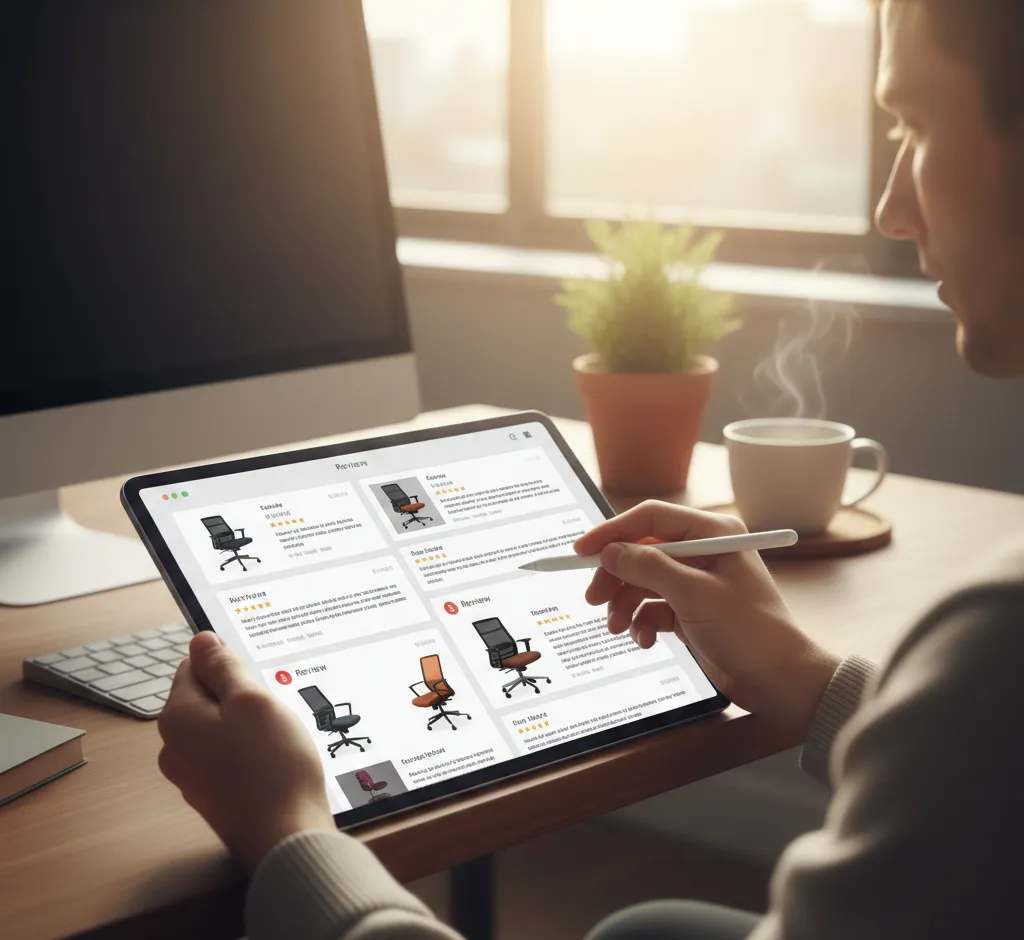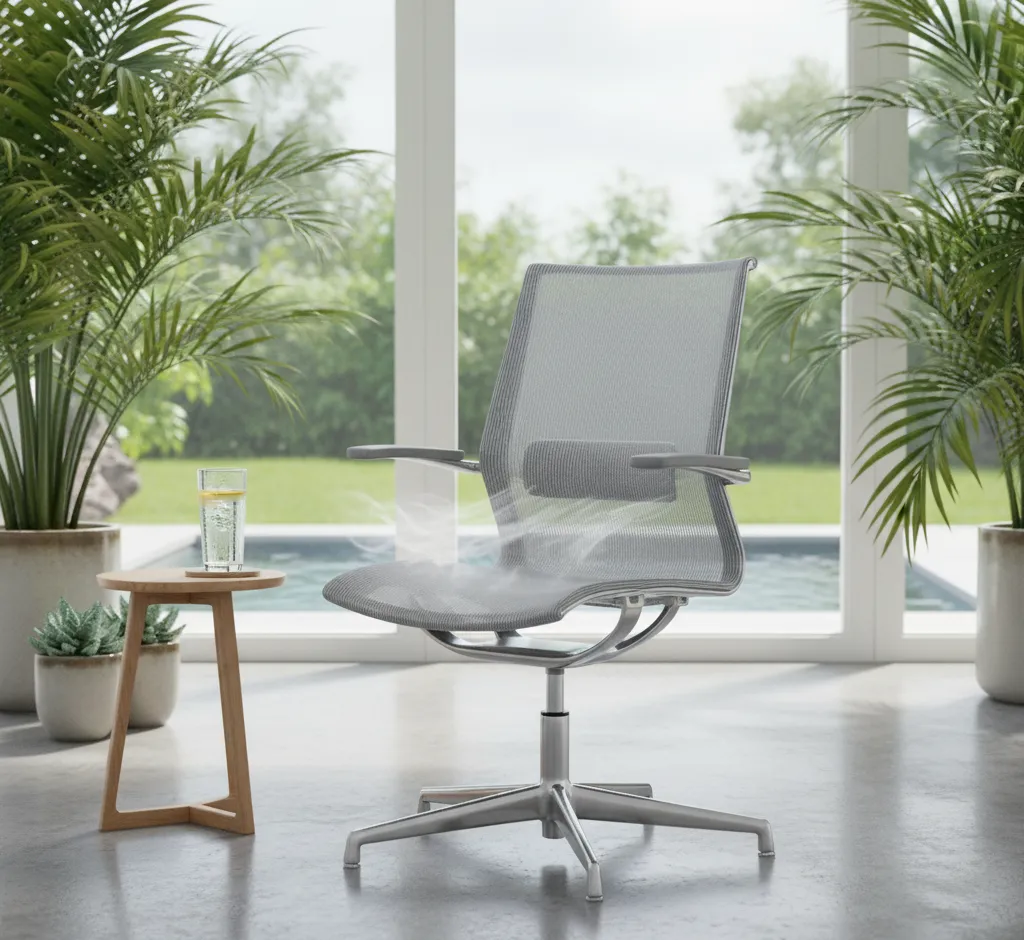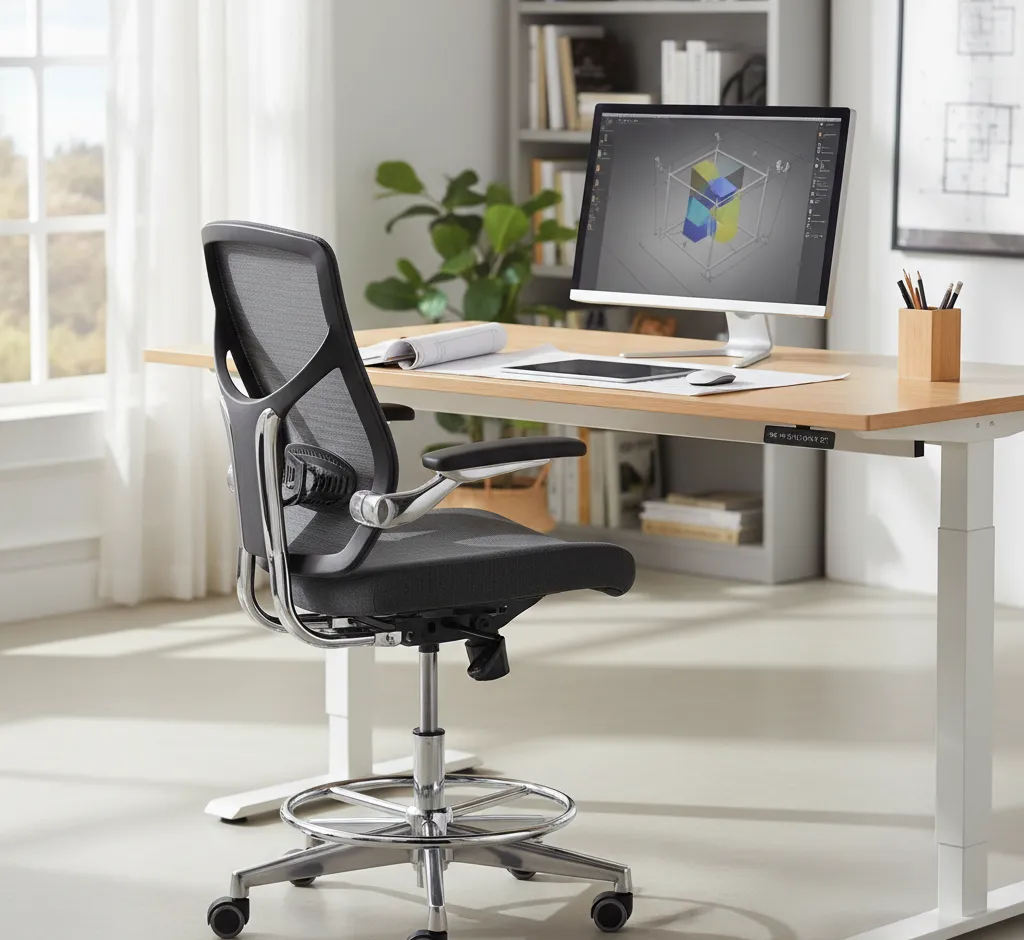The Definitive Guide to Reading Office Chair Reviews: Separating the Signal from the Noise
Master the art of reading office chair reviews. Learn to spot bias, identify essential ergonomic features, decode reviewer stats (height/weight), and find authentic, long-term feedback to make the best purchasing decision for your health and productivity.

In the quest for the perfect ergonomic office chair, the sheer volume of online reviews can be overwhelming. Every chair promises superior comfort, ultimate support, and revolutionary design, but how do you cut through the marketing jargon and biased endorsements to find the truth? Your office chair is not just a piece of furniture; it is a critical investment in your long-term health, productivity, and comfort. Reading reviews is essential, but reading them correctly is an art form. This definitive guide will equip you with the strategic framework needed to analyze office chair reviews like a seasoned professional, ensuring your next purchase is the right one for your body and your budget. We'll delve into the necessary features, the common biases, the authenticity markers, and the critical long-term performance indicators that are often overlooked.
The Anatomy of a Quality Review: What Must Be Covered
A truly useful office chair review goes far beyond a simple rating. It should function as a comprehensive test report, addressing specific, quantifiable criteria. If a review glosses over these points, its value is significantly diminished.
1. Ergonomics and Adjustability
The core purpose of an office chair is to support your body during long periods of sitting. A quality review must detail the range and ease of adjustment for several key components:
- Lumbar Support: Is it fixed, 2D (height adjustable), or 4D (height and depth adjustable)? How firm is the support?
- Armrests: Are they 3D or 4D (height, depth, width, pivot)? Can they be lowered enough to sit flush with the desk?
- Seat Pan: Can the depth (slide) be adjusted? This is crucial for thigh clearance and proper knee angle.
- Recline Mechanism: Is it a synchronized tilt, a knee tilt, or a full body-weight mechanism? Can it lock in multiple positions?
2. Material Quality and Durability
The review should assess the long-term prognosis of the chair's components. Look for specific comments on:
- Cushioning/Padding: Is it high-density foam, memory foam, or a mesh suspension? How long does the padding retain its shape after extended use?
- Upholstery: Is it quality leather, synthetic leather, or a breathable mesh? How does the material feel after several hours? Does it cause sweating?
- Base and Frame: Is the base aluminum, steel, or nylon? Does the reviewer mention any squeaking, wobbling, or loose parts after initial assembly or prolonged use?
3. Assembly Experience and First Impressions
While minor, the assembly process can speak volumes about the chair's construction quality and the manufacturer's attention to detail. A good review will note:
- The clarity of the instructions and the quality of the included tools.
- Any challenges with aligning bolt holes or fitting major components.
- The immediate smell (off-gassing) of the chair's materials.
Decoding the Reviewer's Perspective: The Human Factor
The experience of an office chair is deeply personal. What works for a 5'2" person will likely not work for a 6'5" person. A crucial part of reading a review is understanding the reviewer's context.
1. The Reviewer's “Stats”
Always look for the reviewer to explicitly state their physical parameters. Without this information, any comment on comfort is nearly useless:
- Height and Weight: This determines if the chair's design (especially headrest and lumbar height) aligns with their body type. A reviewer who is significantly taller or shorter than you will have a very different experience of the chair's features.
- Body Type: Do they mention a wider hip or shoulder profile? This affects the usability of the armrests and the width of the seat pan.
2. Usage Scenario and Duration
A chair needed for 2 hours a day is judged differently than one for 10 hours a day. Ascertain the reviewer's typical use:
- Daily Duration: Do they sit for a full workday (8+ hours)? Comfort claims for short periods are less relevant for an all-day chair.
- Activity: Do they mainly type, game, or engage in desk work requiring leaning forward? This impacts the importance of the forward tilt and armrest mobility.
Key Chair Features: What Reviewers Must Cover
While comfort is subjective, these features are measurable and should be the backbone of any detailed assessment:
- The Waterfall Seat Edge: A good review will mention whether the front edge of the seat curves downward (“waterfall” design) to relieve pressure behind the knees and ensure proper blood flow to the legs. If the edge is sharp or hard, it's a major flaw.
- Tilt Tension Control: This is the dial that controls the resistance of the recline. It's essential for matching the chair's movement to the user's body weight. The reviewer should state if the range is effective for different weights (e.g., “It’s too stiff even at the lowest setting”).
- Caster Quality: Often overlooked, the wheels (casters) determine how smoothly the chair moves and if it damages your flooring. Do they glide easily on carpet or hardwood? Are they standard plastic or soft PU-coated wheels?
- Noise Level: After a few weeks of use, do the mechanisms squeak or groan? A quality chair should operate silently. Pay close attention to reviews mentioning noise during reclining or when shifting weight.
- The Headrest Debate: If the chair includes one, is it functional or merely decorative? A functional headrest should be height and angle adjustable to meet the curve of the user's neck, not just the back of their head.
Red Flags and Green Lights: Spotting Bias and Authenticity
In the age of affiliate marketing, not all reviews are impartial. Develop a critical eye to separate genuine feedback from promotional content.
Red Flags: When to Be Skeptical
- Unnatural Exuberance: The chair is described as “flawless,” “perfect,” or “life-changing” without any acknowledgment of a single drawback. Even the most expensive chairs have minor compromises.
- Lack of Usage Duration: The review is published immediately after the chair arrives (“first impressions”). The real test of an office chair begins after 3–6 months when cushioning settles and mechanisms break in.
- Excessive Technical Detail on Features You Don't Care About: Reviewers often focus on a single, flashy feature (like RGB lighting or a unique back aesthetic) to distract from fundamental ergonomic flaws.
- Vague or Generic Praise: Comments like “It’s very comfortable” or “I like the way it looks” offer no specific, actionable information about adjustability or support.
Green Lights: Signs of an Authentic Review
- The “Balanced Critique”: The reviewer praises key features (e.g., “The 4D armrests are excellent”) but also notes a genuine, minor flaw (e.g., “The seat pan depth adjustment is a little stiff”). This balance signals credibility.
- Addressing Long-Term Performance: The reviewer explicitly mentions using the chair for several months or even a year, specifically discussing how the foam and mesh have held up over time.
- Comparison to Other Models: The reviewer compares the chair against well-known competitors (even without naming them) based on specific metrics, demonstrating deep product knowledge.
- Photos of Wear and Tear: Authentic, long-term reviews often include user-generated photos highlighting a minor scuff, a pilling of the mesh, or a slight loosening of a mechanism, showing genuine use.
Beyond the Written Word: Video and Long-Term Reviews
While text reviews are important, leverage other formats for a complete picture:
Video Reviews
Video is invaluable for demonstrating the chair's operation. You can physically see:
- How smoothly the mechanisms (recline, armrests) move.
- The quality of the materials and stitching up close.
- The relative size of the chair against the reviewer.
Pro Tip: Look for videos that feature “sound tests,” where the reviewer shifts their weight to demonstrate any squeaks or unwanted noises.
Long-Term “Owner” Threads
Search forums like Reddit (especially r/OfficeChairs or r/BuyItForLife) for long-term owner threads. These are often the most honest and unfiltered sources of information, focused less on initial impressions and more on how the chair performs years down the line. Look for discussions on:
- The manufacturer's warranty experience and customer service quality.
- Common failure points or parts that frequently need replacement.
Synthesizing Your Decision: Turning Reviews into Action
The final step is to aggregate the information and align it with your personal needs. Create a simple checklist based on the features that matter most to you (e.g., 4D Armrests, Lumbar Depth, Mesh Seat). Assign a score to each chair based on how well the collective reviews indicate it meets your criteria. Ultimately, no single review should dictate your purchase. Instead, use a triangulation method: if three or more authentic, detailed reviews from diverse users highlight the same major flaw or the same exceptional feature, you can treat that observation as highly reliable.
A great office chair can transform your workday. By applying this systematic, critical approach to reading reviews, you move from a passive consumer to an informed, strategic buyer. You are now prepared to separate the definitive ergonomic solution from the merely mediocre marketing hype.


